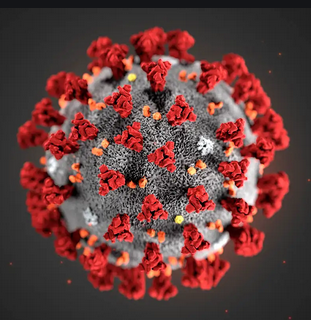 By Pepper Parr
By Pepper Parr
May 25th, 2020
BURLINGTON, ON
That COVID19 infection curve for the Region of Halton iis beginning to flatten – it’s nit quite there yet – but it is close and if we continue to behave the way we have in terms of distancing ourselves we should see the curve begin to descend.
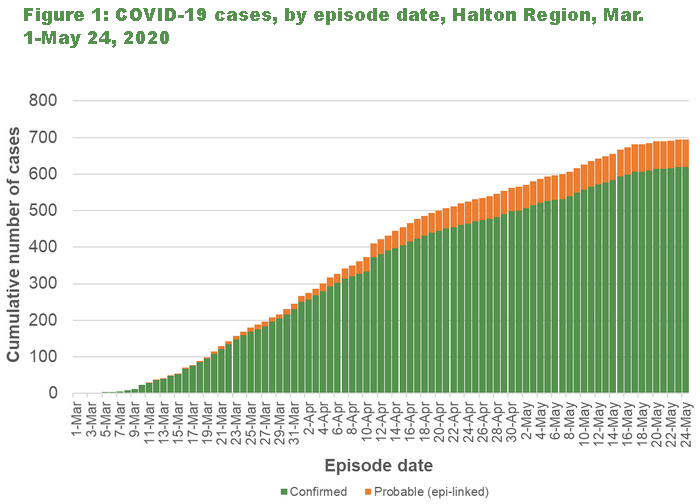
The curve is very very close to flattening – now to get it to descend.
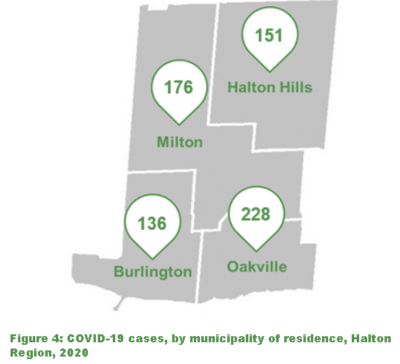
The level of infections in Burlington are the lowest in the Region.
The distribution of cases by municipality is a positive sign for Burlington; the city has the lowest number of infections.
The distribution of the gender and age of those infected is troubling – women are more frequently infected than men and the age bracket indicates these are people who are probably working in the health sector.
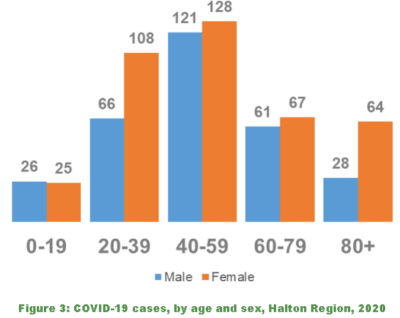
The age demographic numbers are troubling.
Another piece of news to add to our current woes: A heat warning has been issued by the Region.
As a result of extreme heat and humidity, Environment Canada has issued a Heat Warning for Halton Region starting May 25, 2020.
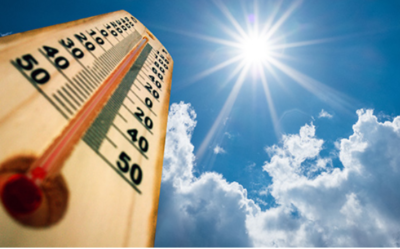 This warning is issued when forecast temperatures are expected to reach 31 degrees Celsius or more with overnight temperatures above 20 degrees Celsius for two days, or when a humidex of 40 or higher is expected for two days.
This warning is issued when forecast temperatures are expected to reach 31 degrees Celsius or more with overnight temperatures above 20 degrees Celsius for two days, or when a humidex of 40 or higher is expected for two days.
Many of the locations that provided relief from heat such as libraries and community centres are not available due to COVID-19. Therefore, it is extremely important that you check-in regularly, by phone or video, with vulnerable family, friends and neighbours, especially seniors who live on their own, to make sure they are staying cool and hydrated. This includes:
• older adults (over the age of 65), infants and young children, people who work and exercise in the heat, people without adequate housing and those without air conditioning
• people who have breathing difficulties, heart problems, kidney problems or take heat-sensitive medications
If phone or video is not possible, when checking-in with vulnerable individuals, remember to practice physical distancing and wash your hands regularly. If physical distancing is difficult to maintain, wear a non-medical mask.
The full Regional Health Unit COVID report is available at



















Oh course, the continuing problem with all of these reports is that they don’t drill down to a fine enough level of granularity to be even remotely useful.
As noted last night on the CBC’s “The National”, the province and Regional Medical Health Officers are not sharing publicly where the virus infections are occurring in their communities (i.e. which neighbourhoods, which venues, etc.) The rationale for this supposedly is that there is a fear of stigmatization.
The government expects citizens to act responsibly. Acting responsibly means risk managing one’s activities. If citizens knew of areas, venues, etc. where one was most likely to become infected common sense would seem to dictate that people would avoid these area. By extension, limiting the possibility of contact would likely lessen the possibility of transmission.
We get confusing information on whether or not to wear face masks (i.e. early April we are told they are of no value, then we are told to wear them if we want, and now we are being told we should wear them whenever we are out). We get no information on which areas to avoid. And finally, it takes a report from the Canadian military to tell us the appalling state of care in long-term care facilities during the pandemic.
What we clearly have here is a failure to communicate. So much for accountability.
This is much-needed good news, Pepper. For the sake of your readers potentially looking for the “flattening curve” to descend soon, it never will. It’s a cumulative plot, so the best it can ever do is become flat or horizontal. On the other hand, a new daily cases plot can descend, if all things go well. This latter plot might be helpful to publish, if it can be sourced.